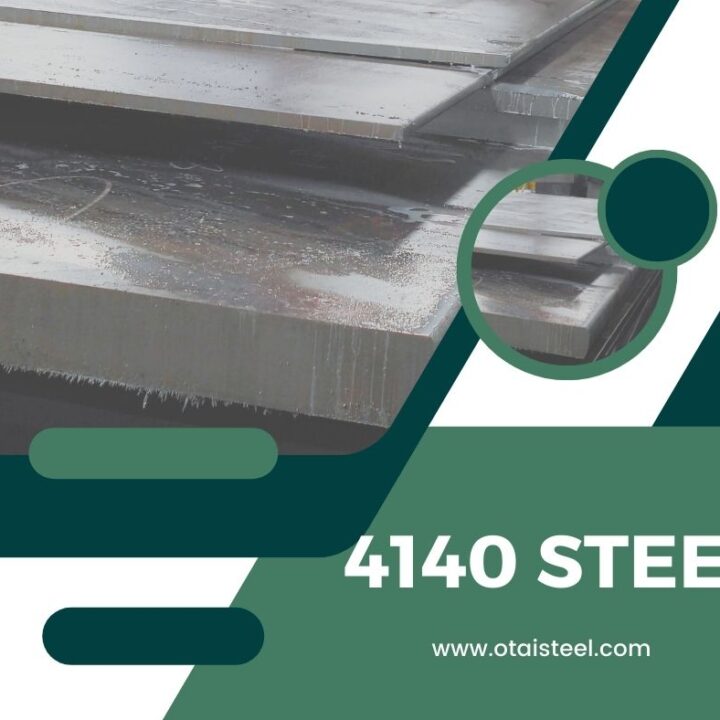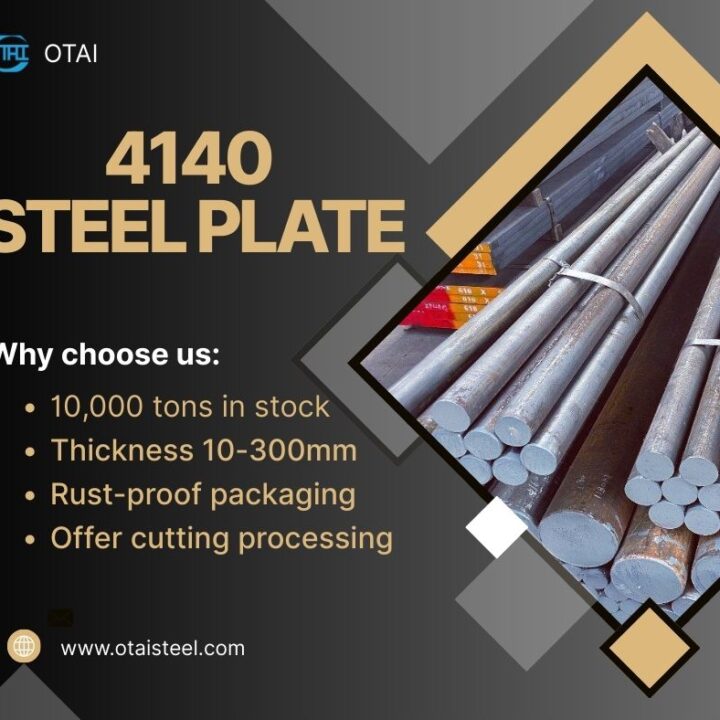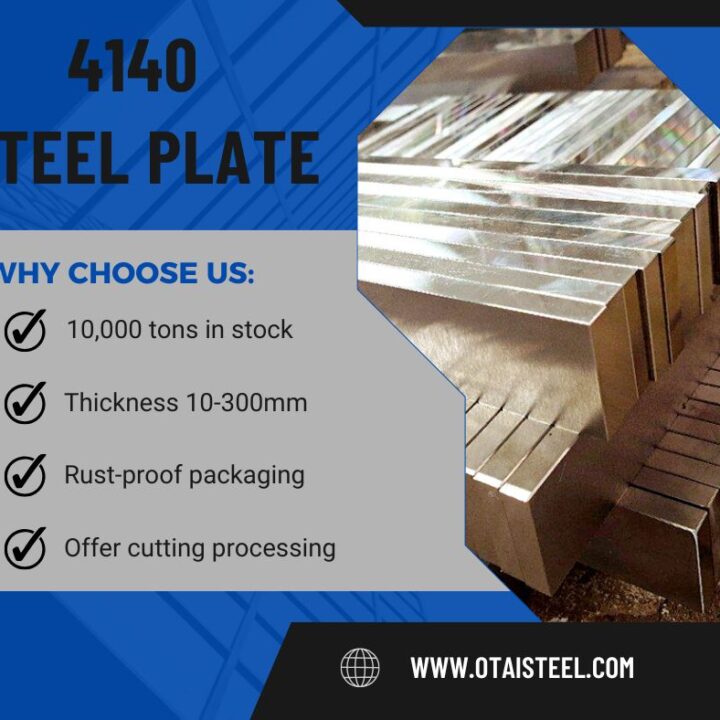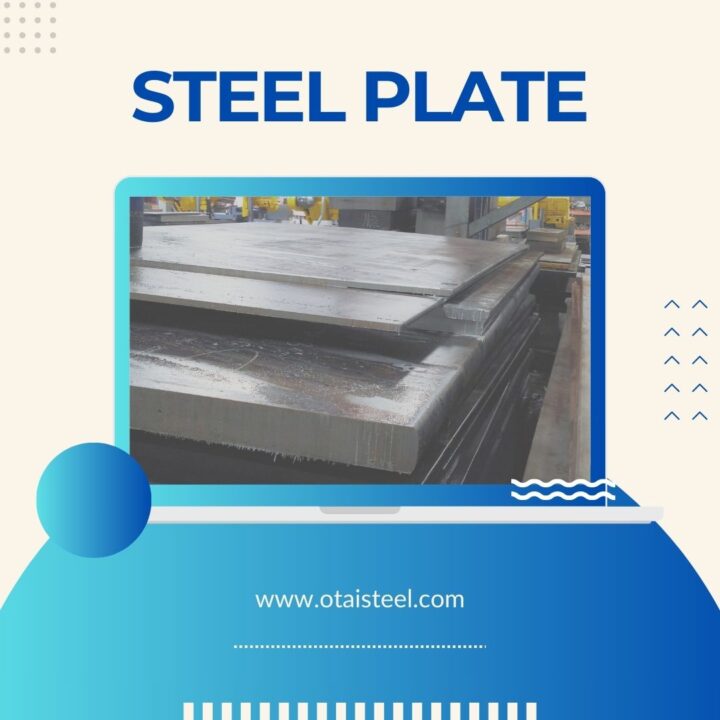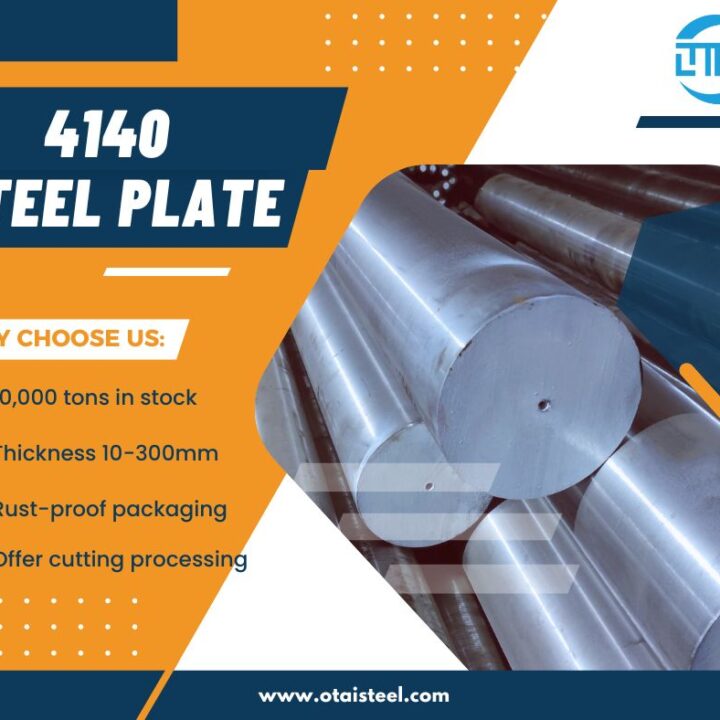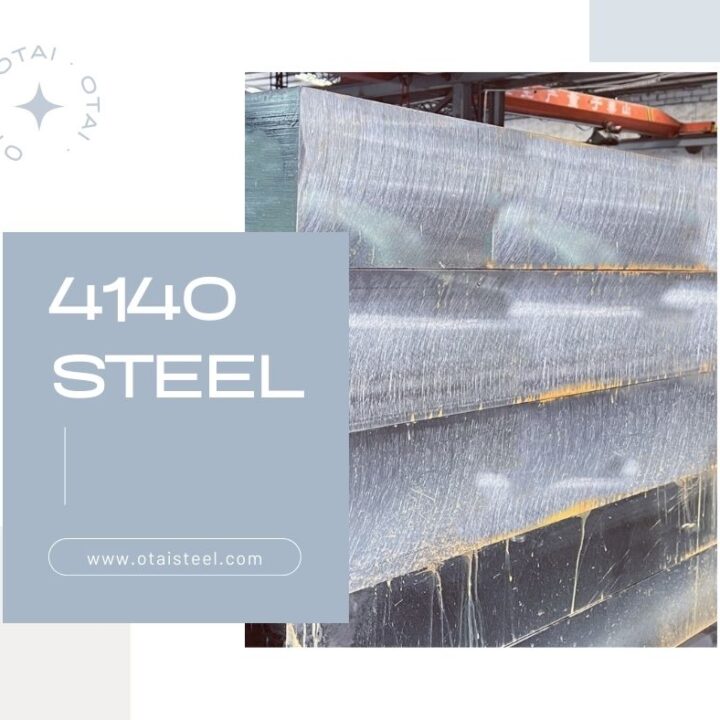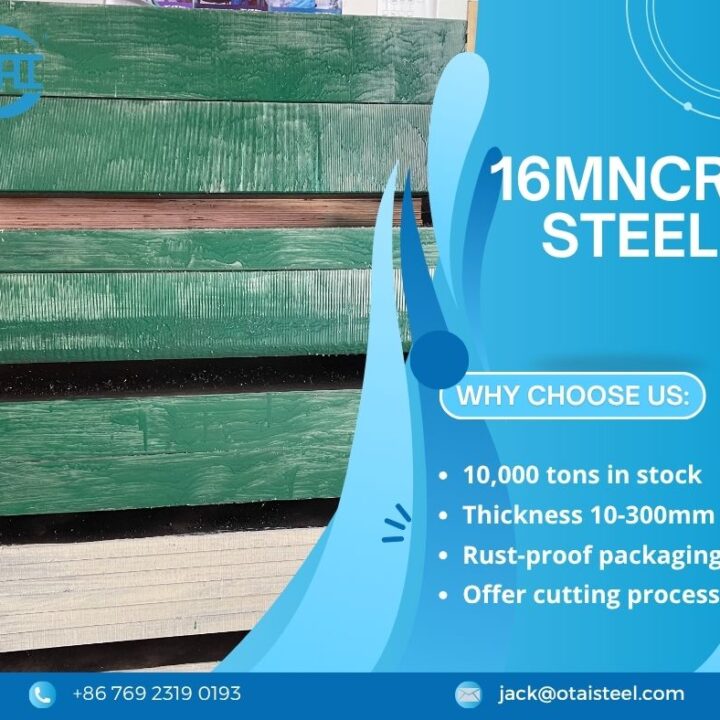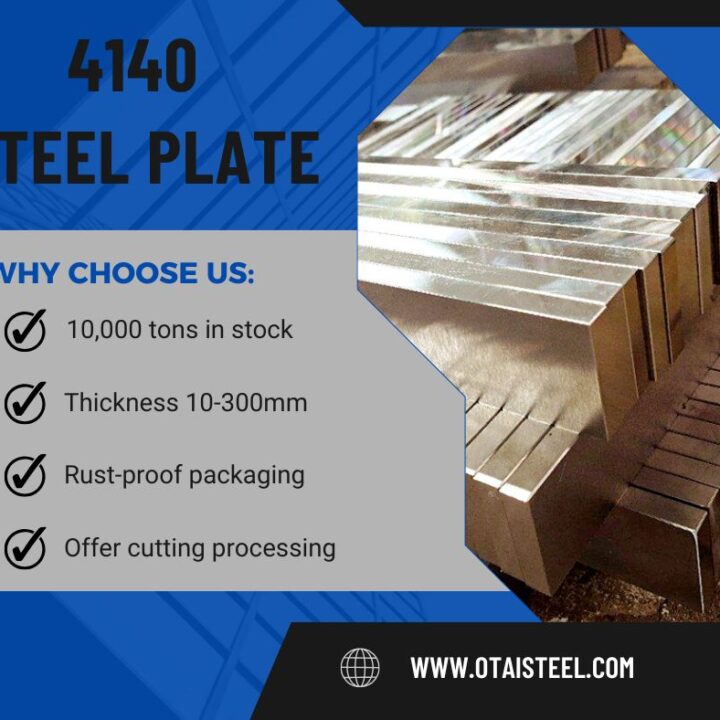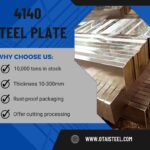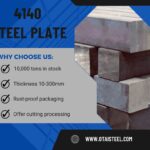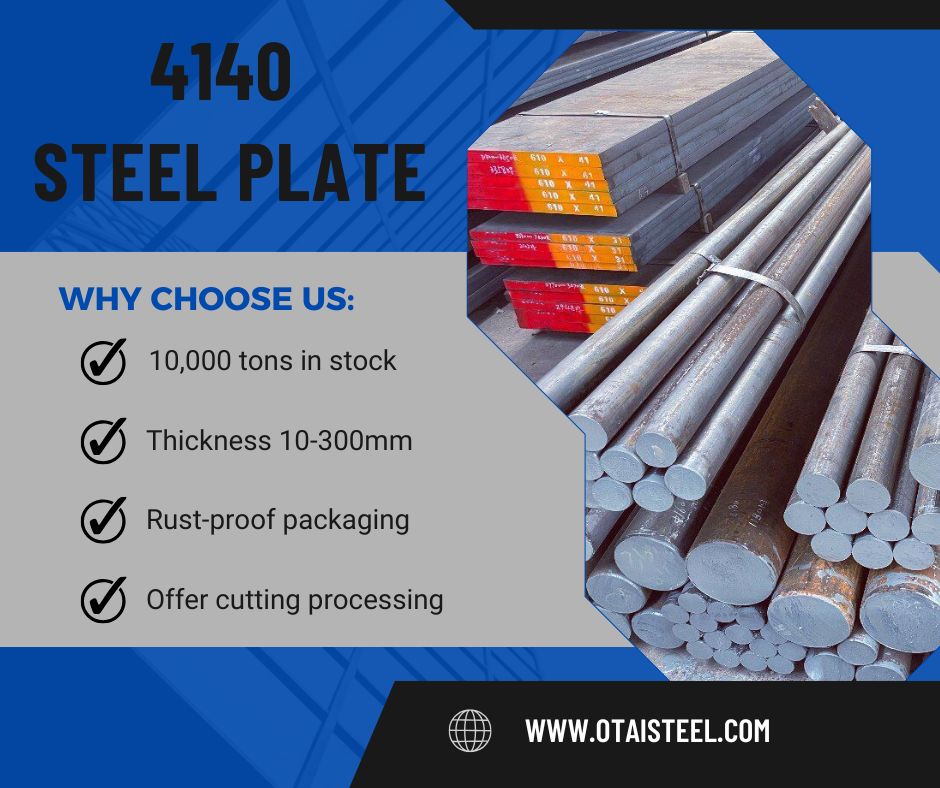 4140 Steel Yield Strength: Understanding Its Performance in Engineering Applications
4140 Steel Yield Strength: Understanding Its Performance in Engineering Applications
When selecting a steel grade for high-performance engineering projects, yield strength is one of the most critical properties to consider. For many engineers, 4140 steel is an excellent choice because it balances strength, toughness, and machinability. But what exactly is the yield strength of 4140 steel, and why does it matter so much for applications like shafts, gears, and heavy-duty components? Let’s break it down in detail.
🌟 What is Yield Strength?
Yield strength is the amount of stress a material can withstand before it begins to deform permanently. Once this point is exceeded, the material will not return to its original shape even after the load is removed. In structural and mechanical engineering, yield strength determines how much load a component can carry safely without permanent deformation.
🔍 Yield Strength of 4140 Steel in Different Conditions
The yield strength of 4140 steel depends heavily on its heat treatment condition:
| Heat Treatment Condition | Typical Yield Strength (MPa) | Typical Yield Strength (ksi) |
|---|---|---|
| Annealed | 415–655 MPa | 60–95 ksi |
| Normalized | 655–895 MPa | 95–130 ksi |
| Quenched & Tempered (Q&T) | 895–1080 MPa | 130–156 ksi |
| Nitrided | Similar to Q&T base, but with higher surface hardness | — |
Key takeaway: The yield strength in quenched and tempered condition is significantly higher, making it the preferred state for high-stress industrial applications.
⚙ Factors Affecting 4140 Steel Yield Strength
Several factors influence how much yield strength you get from 4140 alloy:
-
Heat Treatment Process
-
Quenching and tempering increase both yield and tensile strength.
-
Normalizing improves uniformity in microstructure, enhancing mechanical performance.
-
-
Carbon and Alloy Content
-
With about 0.38–0.43% carbon, plus chromium and molybdenum, 4140 steel has a fine balance between strength and ductility.
-
-
Grain Size Control
-
Finer grain sizes typically lead to higher yield strength and better impact resistance.
-
-
Surface Condition
-
Machined, forged, or rolled surfaces may behave differently under stress.
-
🏗 Why Yield Strength Matters for 4140 Steel Applications
Here’s why yield strength is a deal-breaker in design:
-
Safety Factor in Engineering: High yield strength means components can handle greater loads without permanent deformation.
-
Performance Longevity: In gears, spindles, and shafts, high yield strength resists bending and fatigue over time.
-
Cost Efficiency: Choosing a steel with the right yield strength avoids over-engineering (which increases costs) or under-engineering (which leads to failures).
📌 Real-World Applications Where Yield Strength is Crucial
4140 steel is widely used in:
-
Heavy-duty shafts and axles that experience bending and torsional stresses.
-
Automotive suspension parts that require toughness and resilience.
-
Oil and gas drilling equipment, where yield strength ensures structural integrity under extreme loads.
-
Military hardware and defense equipment, where performance under impact is critical.
🛠 How to Optimize Yield Strength in 4140 Steel
If you want to maximize yield strength of 4140 steel, consider:
-
Choosing the right heat treatment
-
Quenched and tempered at 540–675°C can give a great balance of strength and toughness.
-
-
Surface Hardening
-
Nitriding can improve surface wear resistance without sacrificing core toughness.
-
-
Proper Machining Practices
-
Maintain low cutting speeds and sufficient lubrication to prevent surface microcracks.
-
-
Quality Testing
-
Conduct tensile testing and yield point verification for quality assurance.
-
📊 Comparing Yield Strength vs. Tensile Strength in 4140 Steel
It’s important not to confuse yield strength with tensile strength.
| Property | Description | Typical Range (Q&T Condition) |
|---|---|---|
| Yield Strength | Stress where permanent deformation starts | 895–1080 MPa (130–156 ksi) |
| Tensile Strength | Maximum stress before fracture | 1080–1320 MPa (156–191 ksi) |
Note: High tensile strength without high yield strength can lead to brittle failure. That’s why 4140’s balance is so valued.
💡 Design Considerations
When designing with 4140 steel, engineers must consider:
-
Load Type: Static vs. dynamic loads will influence heat treatment choice.
-
Operating Environment: Corrosive or high-temperature conditions may require additional surface treatments.
-
Safety Margins: Always design below yield strength to ensure a safety buffer.
🌏 Global Standards & Equivalent Grades
Different countries use different names for 4140 steel, but yield strength remains comparable if the chemical composition is similar:
| Standard | Grade Name |
|---|---|
| ASTM | AISI 4140 |
| DIN | 42CrMo4 |
| JIS | SCM440 |
| GB/T | 42CrMo |
💎 Company Advantages – Why Choose Otai Special Steel?
-
Massive Inventory: Over 10,000 tons in stock, thicknesses from 6mm to 300mm.
-
Quality Assurance: Ultrasonic testing, chemical composition testing, and third-party inspections.
-
Custom Processing: Cutting, heat treatment, machining, and packaging tailored to your needs.
-
Proven Track Record: Trusted by top global companies like Thyssenkrupp, Borealis, and Schlumberger.
-
Competitive Pricing: Direct mill supply with cost savings for clients.
❓ FAQ
Q1: What is the highest yield strength 4140 steel can achieve?
In quenched and tempered condition, it can reach around 1080 MPa (156 ksi).
Q2: Does higher yield strength make steel more brittle?
Not necessarily. With proper tempering, 4140 maintains toughness even at high yield strengths.
Q3: How does 4140 compare to 1045 steel in yield strength?
4140 has significantly higher yield strength due to its alloying elements and heat treatment flexibility.

